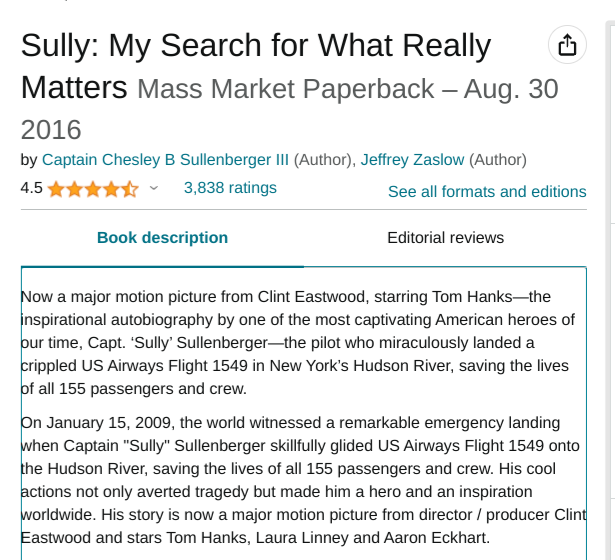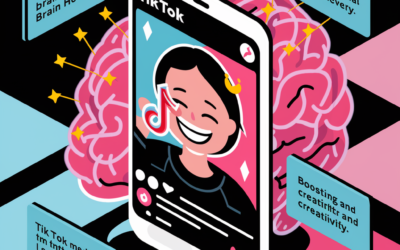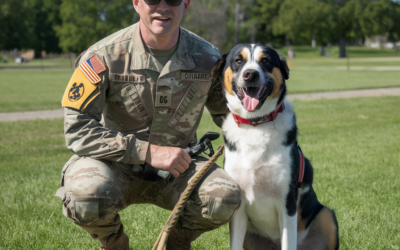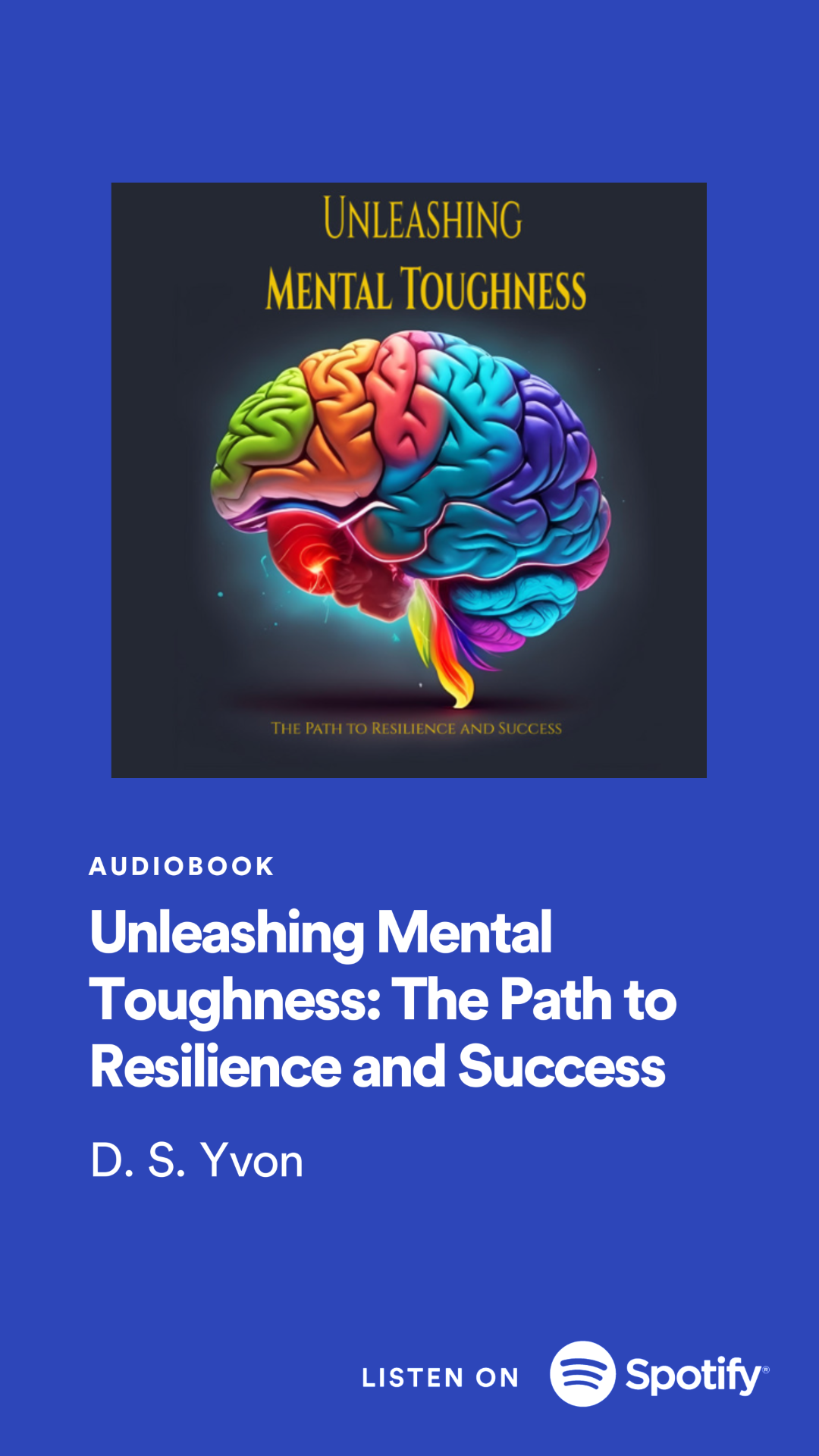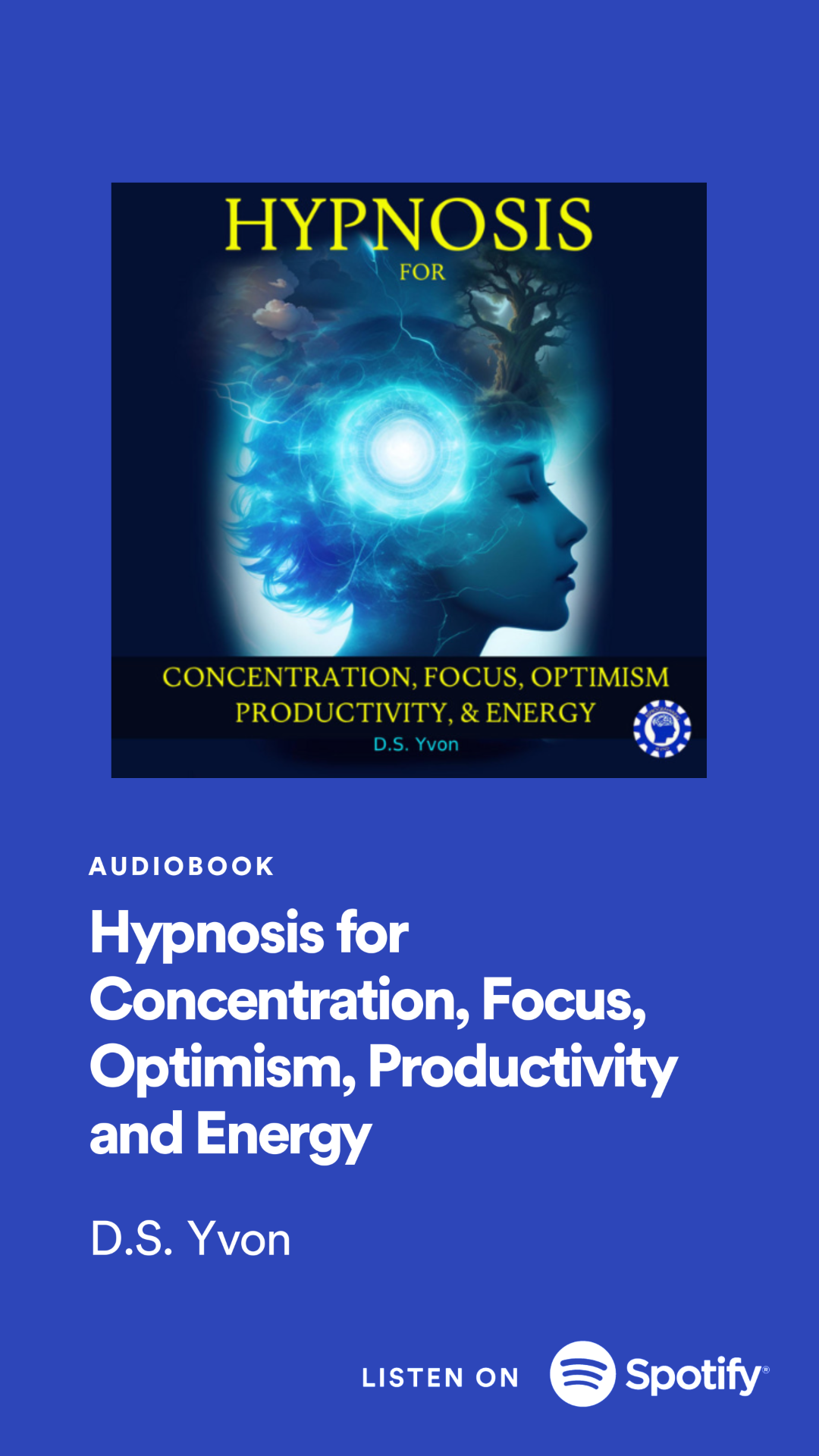
Common Mistakes People Make After a Breakup
The aftermath of a breakup can be an emotionally challenging time, often leading individuals to make common mistakes that hinder their healing process. From dwelling on the past to engaging in unhealthy coping mechanisms, it's essential to recognize these pitfalls and adopt healthier strategies to pave the way towards healing, self-discovery, and a brighter future beyond the end of a relationship.
Common Mistakes People Make After a Breakup
1. Keeping Tabs on Their Ex's Relationship Status
It can be tempting to check up on who your ex is dating, but this curiosity is rarely driven by the wisest part of ourselves. Monitoring an ex's relationship status can lead to unnecessary emotional pain and hinder the process of moving on[1].
2. Binge Drinking
Using alcohol as a way to cope with the pain of a breakup is a common mistake. While it may seem like a temporary solution, alcohol is a depressant and not an effective long-term strategy for healing. Binge drinking can prolong the pain and hinder the healing process[1].
3. Dwelling on the Past
Dwelling on the past and ruminating on the relationship can keep individuals stuck in the pain of the breakup. It's important to allow oneself to grieve, but dwelling on the past can hinder personal growth and the process of moving forward[2].
4. Excessive Posting on Social Media
After a breakup, some individuals may engage in excessive posting on social media, particularly selfies, in an attempt to show their ex what they're missing out on. However, this behavior can be a sign of seeking validation and may not contribute to genuine healing [2].
5. Traveling Excessively
While traveling can be a healthy way to gain perspective and heal, excessive traveling as a means of distraction or proving readiness to move on may not address the underlying emotions of the breakup[2].
6. Engaging in Rebound Relationships
Jumping into a new relationship too soon as a way to cope with the pain of the breakup can prevent individuals from processing their emotions and understanding what went wrong in the previous relationship[2].
By recognizing these common mistakes and adopting healthier coping mechanisms, individuals can navigate the post-breakup period with self-care and resilience. It's important to seek support from friends and family, focus on self-discovery, and allow oneself to grieve without judgment.
In conclusion, while the aftermath of a breakup can be incredibly challenging, being mindful of these common mistakes and approaching the healing process with self-compassion and healthy coping strategies can pave the way for personal growth and a brighter future beyond the end of a relationship.
Citations:
[1] https://www.hindustantimes.com/lifestyle/relationships/struggling-with-post-breakup-blues-ask-yourself-if-youre-making-these-8-breakup-mistakes-101686374899641.html
[2] https://www.yourtango.com/heartbreak/common-things-women-do-after-breakup-make-it-worse
 Learn the mental training strategies used by the military to clear veterans of PTSD. This is the strategy mentioned in the Washington Post that is considered the most effective and least known protocol for changing problem memories.
Learn the mental training strategies used by the military to clear veterans of PTSD. This is the strategy mentioned in the Washington Post that is considered the most effective and least known protocol for changing problem memories.
Get Over a Breakup and Learn to Change problem memories so you can move forward without the baggage of the past.
Discover how memories work so you can alter them in ways that lets you let go of the past and pick up the pieces of your life in a better way. Now you don't have to waste more time obsessing about what was when you finally learn how to get over a breakup fast and change the memories of your ex, for good!












